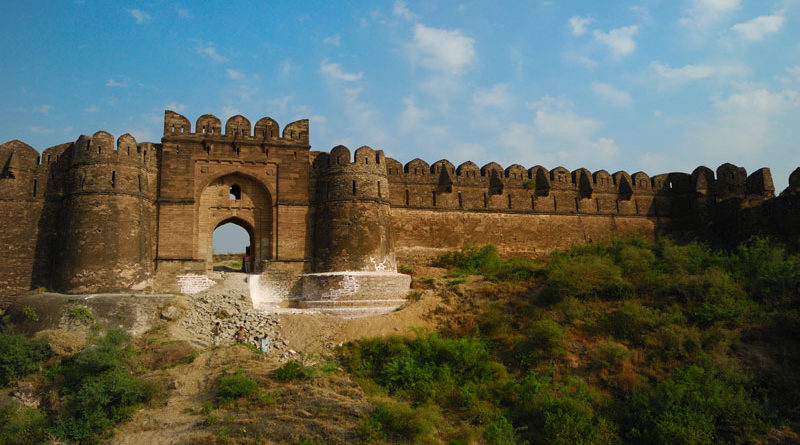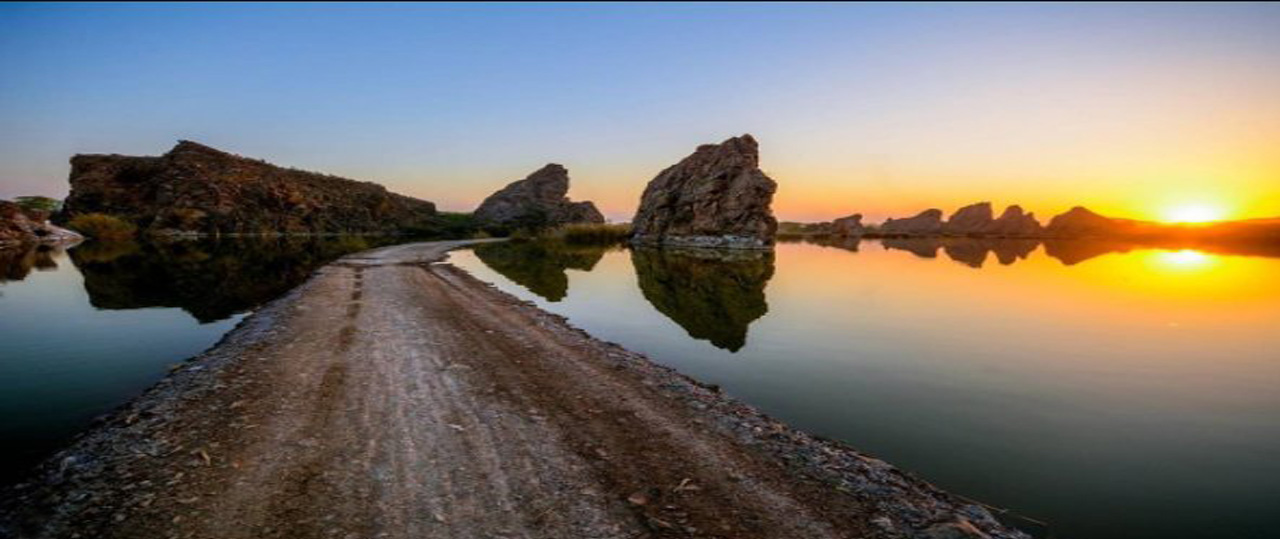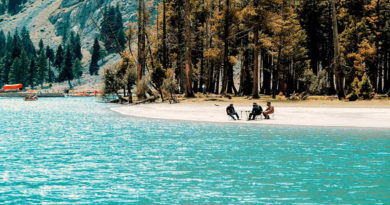History of Rohtas Fort | Qila Rohtas | Location and Pictures
Rohtas Fort (Qila Rohtas)
This fortress doesn’t appear to be worked by people, however mammoths!” shouted my companion Haroon as we stepped thoroughly over the endless territory of the compelling Rohtas Fort. What’s more, his words were surely trustworthy on the grounds that the Mughal Emperor Jahangir had additionally. Once said about this development that, “its quality can’t be envisioned.” The Rohtas Fort, situated close to town of Jhelum in Punjab. Stays up to now an encapsulation of military strongholds in South Asia – with a horrendously not many fortifications, assuming any, coordinating it in structure and region. Read carefull about the qila rohtas history. Rohtas fort including one of the best forts in Pakistan.
History
The fortress was built during the rule of Sher Shah Suri and took around seven years to complete (1541-1548). It expands run over five kilometres in circumference, walled by massive fortifications; and an internal wall separates the more elite portion of the fort. A village was settled outside this inner boundary, and continues on up to now. The fort, which stands on an elevation overlooking the Potohar plateau, might be entered via twelve gates, and consists of variety of structures. The rationale for having this fort constructed was Sher Shah’s will to stay Emperor Humayun away, who had taken refuge in Iran after his defeat at the hands of Suri; and also to stay the local population of Ghakkars under control, who were traditional loyalists to the Mughal throne.
Though the fort was never breached, and also remained relatively steady within the face of natural adversities. It had been surrendered without a fight when Mughals reasserted their hold in India. Sher Shah was dead by then, and also the Mughals who followed could only find occasional use for the fort. With the development of the Attock fort by Akbar, this structure near Dina also lost much of its strategic importance. Though during the Sikh rule Punjab the fort was used at certain points. It’s existed more as an imposing historical site. Still considered the mightiest military citadel within the region, blending Indian and Turkish architectural designs. It had been enlisted in 1997 by UNESCO as a World Heritage Site.
Structure of Rohtas Fort
Covering the entire fort on foot is an exercise in futility. There’s most to determine and never enough time or energy. A stronger idea then is to explore the inner portion (the properly designated tourist site of the greater complex) and yield of the scattered structures spread within the surrounding hamlet, most of which are in their original form. Because of the strength of the buildings, great efforts haven’t been made for conservation.
The fort is largely a never-ending site of massive boundary walls. An internet of interlinking staircases, scattered wells, lonesome buildings and swathes of bushes. As you enter the most portion of the fort via the Chandwali gate, the vision of the entire area reveal to you. Chandwali gate is called after a sage who worked incessantly within the construction process but refused to require a penny, and who legend holds, is additionally buried just outside the gate. Though there are various compounds and rooms to peek into, the most structures within the area are the Shahi Masjid, Rani Mahal and also the Haveli of Maan Singh. Only the previous was a part of the first plan, while the latter two were added within the Mughal era.
Mosque
The mosque is described to own once been a good looking structure of Islamic architecture, though it’s now lost much of its glory. The Rani Mahal has faced the wrath of your time, and only some of its original structure survives. This pattern is followed by the haveli of Maan Singh. The ascent to the highest room with its view is an experience nevertheless. Other main features of the fort are the baolis or stepped-wells, which had the capacity to store water for days. The shahi baoli is found inside this inner block of the fort, meant for royals. The best baoli, however, is found on the opposite end of this sprawling complex, with stairs leading you to that.
Tourist Information
A tourist information site has also been founded on the premises of the fort. The great news for tourists is that the buildings and structures of Rohtas are freely accessible. A good opportunity for those fascinated by exploring this unique fort. One in all the numerous legacies of Sher Shah Suri. Just avoid visiting it within the summers, when the temperatures get excruciatingly high.
Though the fort could never be put to use against Humayun as Sher Shah Suri planned, the Mughal emperor died a couple of year after regaining power. It’s a stimulating fact of history that the steps from which Humayun tumbled and died in Delhi’s Purana Qila, were of course also built by Sher Shah Suri.



